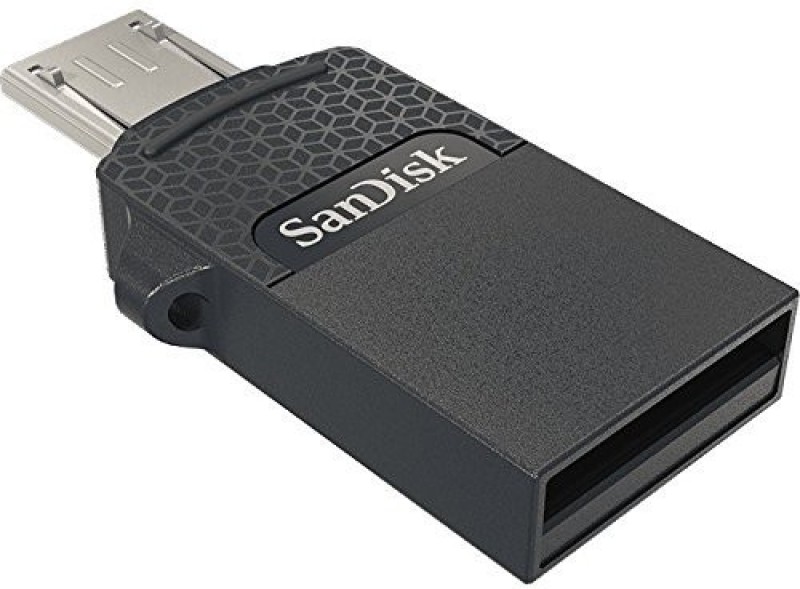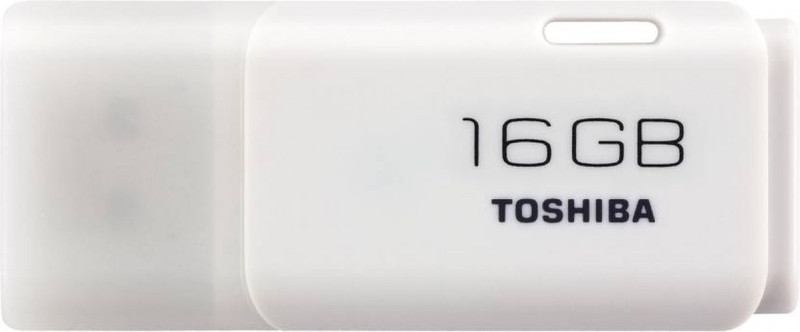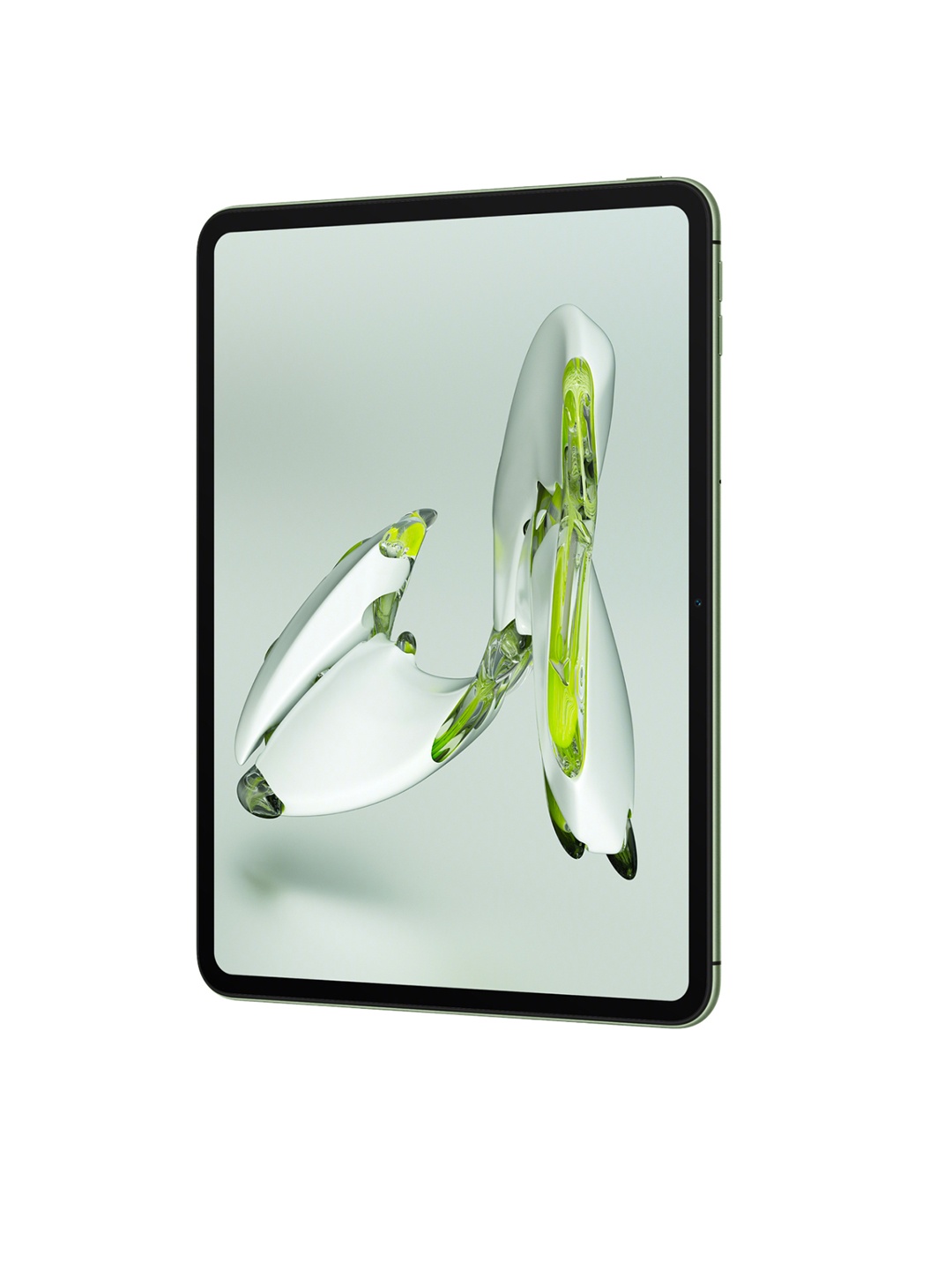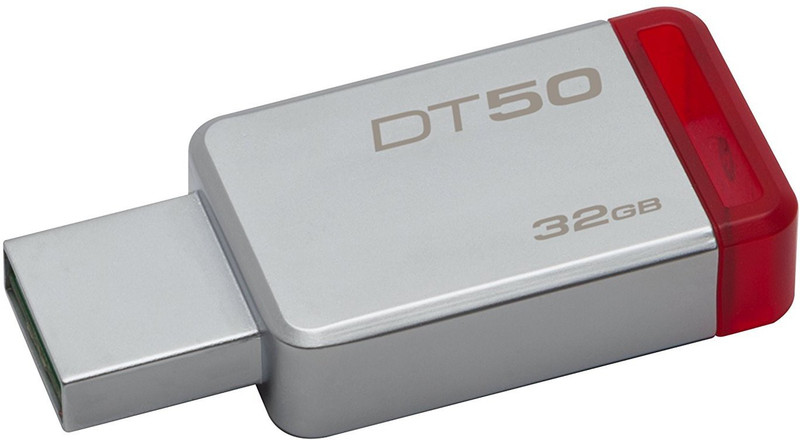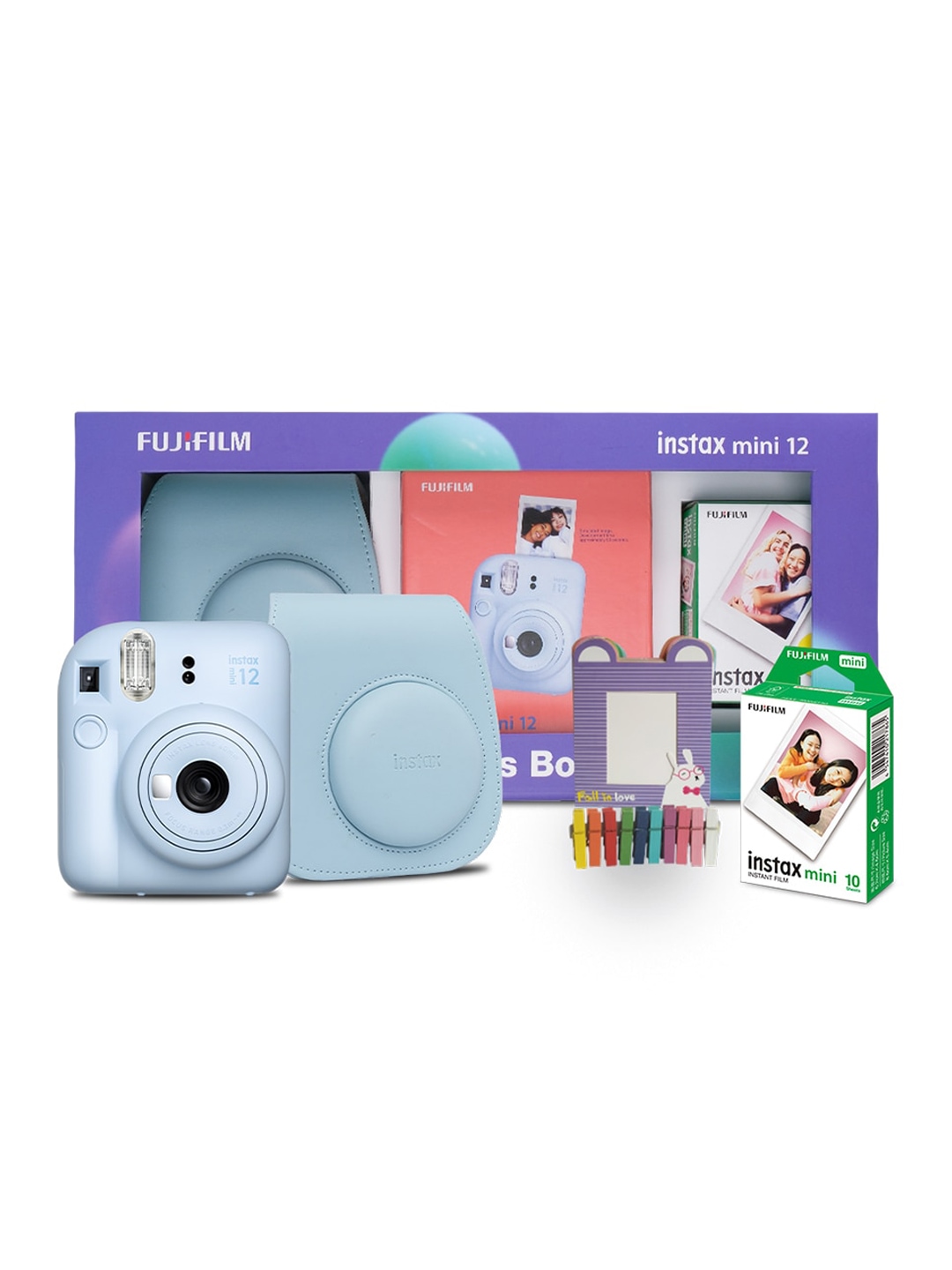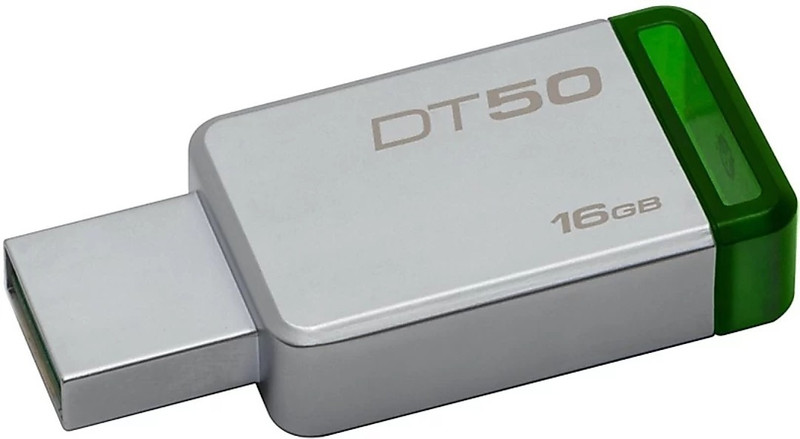Choosing the Best TV: Top 8 Tips to Pick the Perfect One on Amazon From Redmi, Samsung, TCL, Acer, Sony

We all know that feeling when it's time to upgrade your home entertainment system. You're excited but overwhelmed by the sheer number of choices in the market. Will the picture quality be sharp enough? Is this model worth the price? What about sound – will I need a soundbar? If these questions have crossed your mind, you're not alone. With technology evolving at lightning speed, selecting the perfect TV can seem like an almost impossible task. The options are endless, but don't worry! There's a way to simplify the process and choose a TV that fits your lifestyle, preferences, and budget.
In this guide, we'll walk you through the most important factors to consider when buying a TV, covering everything from screen size to features, so that you can confidently pick a TV that's perfect for you. Whether you're into binge-watching your favourite series, hosting movie nights with friends, or playing the latest video games, there's a TV out there that will make it all come alive. And to make it all easy, we also list the top TVs on Amazon from Redmi, Samsung, TCL, Acer to Sony for you to pick from. Let's get started!
Also Read: Is Your TV Too Big For Your Room? How To Pick The Right TV Size For Your Room
1. Screen Size: Finding The Sweet Spot
Choosing the right screen size is one of the first decisions you'll need to make. The size of your TV can dramatically impact your viewing experience, so it's not something to overlook.
When selecting a TV size, consider the space where you plan to place it. A TV that's too large for a small room can feel overwhelming, while a TV that's too small for a large room might leave you straining to see the details.
A good rule of thumb is that the ideal viewing distance should be about 1.5 to 2.5 times the size of the TV screen. For example, if your seating area is 8 feet from the TV, a screen size between 55-65 inches is usually perfect.
But, of course, personal preference plays a role here. Some people love the cinema-like experience and go for larger sizes, while others might prefer a more modest screen. Ultimately, it's all about finding the sweet spot that complements your living space and viewing habits.
2. Resolution: Why You Should Opt For 4K
Gone are the days of 1080p resolution being the norm. Now, 4K TVs are the gold standard, offering four times the number of pixels as Full HD, resulting in sharper and more vibrant images. If you're someone who loves watching movies in high definition or enjoys the immersive experience of gaming, a 4K TV will elevate that experience tenfold.
While 8K TVs are on the market, they're still relatively expensive and lacking in content. For most people, 4K is the sweet spot, offering fantastic picture quality without breaking the bank.
Additionally, most modern streaming services now offer 4K content, which means you're future-proofing your entertainment setup. Just make sure you have a decent internet connection to stream high-quality content without buffering issues.
3. HDR: Bringing Your TV To Life
If you're a fan of rich, vibrant colours and deeper contrasts, then you'll want to pay attention to HDR (High Dynamic Range). HDR is a feature that enhances the contrast and colour range of your TV, making your content look more dynamic and lifelike.
Without HDR, you may notice that the picture feels flat and lacks the pop that you get from a cinema screen. With HDR, colours become more vivid, shadows more detailed, and highlights stand out. If you're watching a nature documentary, you'll notice the difference immediately – vibrant greens, deep blues, and golden sunrises that look more true to life.
Look for TVs that support popular HDR formats like HDR10, Dolby Vision, or HLG for the best experience. These features aren't just nice to have; they'll make watching your favourite shows and movies a truly immersive experience.
4. Smart Features: More Than Just Netflix
Smart TVs have become the norm, offering much more than just the ability to watch your favourite shows. From streaming apps like Netflix and YouTube to voice assistants like Alexa or Google Assistant, these TVs bring convenience and versatility into your home.
But don't just settle for any “smart” label. Some TVs have more intuitive interfaces, faster processors, and a greater variety of apps available. Think about what you use your TV for. If you enjoy streaming content, make sure the TV you're considering has access to the services you love, and that it supports features like 4K streaming and Dolby Atmos sound for a superior experience.
Also, check out the TV's operating system. Some are more user-friendly than others, and having a TV that's easy to navigate can make a world of difference when you're setting up or switching between apps.
5. Audio Quality: Don't Forget The Sound
While stunning visuals are often the main focus when buying a TV, don't overlook the importance of good sound quality. Most modern TVs have slim profiles, which means they don't have much space for high-quality speakers. As a result, many budget-friendly models can have tinny, flat sound.
If you're serious about your home entertainment setup, consider investing in a soundbar or even a full home theatre system. This will drastically improve your audio experience, providing clearer dialogue and richer sound.
If you're on a budget, however, look for a TV with Dolby Atmos support, which offers more immersive sound by creating a 3D audio experience. Some high-end models also come with built-in sound technologies that mimic surround sound, improving the overall viewing experience.
6. Refresh Rate: Smooth Action Is A Must
A TV's refresh rate refers to how many frames per second it can display. For most general viewing, a refresh rate of 60Hz will do the job. But if you're a gamer or a sports fan, you'll want a higher refresh rate of 120Hz or more. This ensures smoother motion and less motion blur during fast-paced action scenes or gaming sessions.
For example, watching a football match or playing a high-intensity video game can be less enjoyable if the image stutters or blurs. A higher refresh rate ensures that every movement is sharp and clear, giving you a smoother and more fluid experience.
Make sure to check the refresh rate when buying a TV, especially if you want to enjoy fast action with crisp detail.
7. Connectivity: Ports And Wireless Capabilities
Connectivity is something that often gets overlooked, but it's essential for ensuring your TV can work seamlessly with other devices. Check how many HDMI ports the TV has – ideally, look for at least three or four, as you'll likely need them for gaming consoles, streaming devices, or sound systems.
Additionally, consider whether the TV supports Bluetooth and Wi-Fi. A smart TV with Wi-Fi allows you to connect to streaming services without any external devices, while Bluetooth support can help you wirelessly connect headphones or speakers.
If you're into gaming, make sure the TV has HDMI 2.1 ports, which provide a higher bandwidth for next-gen consoles and enable features like 4K at 120Hz for gaming.
8. Price And Warranty: Balancing Budget And Longevity
When it comes to buying a TV, price is a key factor. It's important to find a TV that offers great value for money. While high-end models can cost a pretty penny, there are plenty of budget-friendly options that provide fantastic features without the premium price tag.
Before making a purchase, set a realistic budget. Consider how long you plan to keep the TV and whether the features you're looking for justify the cost. A higher upfront cost might seem steep, but it could save you money in the long run if you're buying a durable, high-quality model.
Also, check the warranty and customer support services offered by the brand. A solid warranty can give you peace of mind in case something goes wrong, ensuring that you're covered for a few years.
Products On Amazon Related To This Article
1. VW 80 cm (32 inches) Frameless Series HD Ready Android Smart LED TV VW32S
https://www.amazon.in/Visio-World-inches-VW32S-Ready/dp/B07MNNH484
2. VW 109 cm (43 inches) Playwall Frameless Series Full HD Android Smart LED TV VW43F2
3. VW 109 cm (43 inches) Pro Series 4K Ultra HD Smart QLED Google TV VW43GQ1
4. Redmi Xiaomi 80 cm (32 inches) F Series HD Ready Smart LED Fire TV L32MA-FVIN
5. Samsung 80 cm (32 inches) HD Ready Smart LED TV UA32T4380AKXXL
6. TCL 101 cm (40 inches) Metallic Bezel-Less Full HD Smart Android LED TV 40L4B
7. acer 100 cm (40 inches) I Pro Series Full HD Smart LED Google TV AR40FDIGU2841AT
8. MI Xiaomi 108 cm (43 inches) A Pro 4K Dolby Vision Smart Google LED TV L43MA-AUIN
9. Samsung 108 cm (43 inches) 4K Ultra HD Smart LED TV UA43DUE70BKLXL
10. Sony BRAVIA 2 Series 108 cm (43 inches) 4K Ultra HD Smart LED Google TV K-43S20B
Choosing the right TV isn't just about picking the latest model on sale. It's about understanding your needs, considering your space, and selecting a TV that enhances your entertainment experience. By paying attention to key factors such as screen size, resolution, sound quality, and connectivity, you can ensure that your new TV brings years of enjoyment. Remember, a TV is an investment in your home entertainment, so take your time to research and choose one that checks all the boxes.
Disclaimer: The images used in this article are for illustration purpose only. They may not be an exact representation of the products, categories and brands listed in this article.












